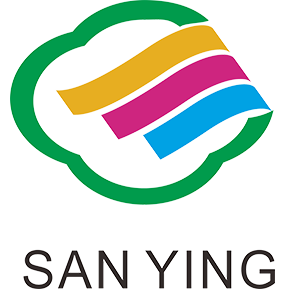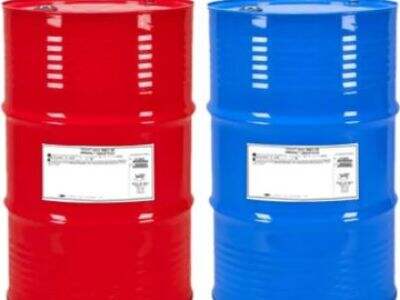Ett mycket intressant blogginlägg om 2 mycket viktiga kemikalier som vanligtvis finns i olika vardagsprodukter, inklusive schumfyllningen i madrasser och bilbänkar. MDI och TDI Isocyanat är kemikalerna. Även om de kan låta lika, är deras skillnad av stor betydelse, vilket verkligen är viktigt att erkänna. Låt oss gå djupare in och lära oss mer om MDI och TDI Isocyanat, så att vi förstår hur det fungerar och var det används.
MDI och TDI Isocyanat – Vad är det?
MDI (Methylene Diphenyl Diisocyanate) Det låter som om det är svårt att uttala, men det är helt enkelt namnet på en familj av kemikalier. TDI syftar till Toluene Diisocyanate, i motsats. Båda är medlemmar i en familj som kallas isocyanater. Isocyanater är en specifik familj av kemikalier som används i stor utsträckning för att producera schumade produkter. Dessa produkter är mjuka och bekväma, som skummatrarna i våra sängar eller paddningen i bilstsolen. Men MDI är inte samma som TDI. De har varsin struktur och beter sig olika när de används i produkter.
MDI och TDI Isocyanat: Vad är skillnaden?
MDI och TDI skiljer sig främst i toxicitet. Toxicitet är faran som en substans medföljer. MDI är mindre toksisk än TDI, och därmed kan dess användning vara säkrare. Det är en avgörande övervägande vid valet av vilken kemikalier att använda. De skiljer sig på ett annat nyckelsätt: hur de reagerar på värme. MDI har bättre stabilitet vid värme jämfört med TDI, medan TDI har högre förmåga att modifieras vid uppvärmning. Produkter som sannolikt kommer att finnas i varma miljöer, som inne i bilar där temperaturerna kan stiga, kommer att gagna sig av denna stabilitet.
Vilken ska du använda, MDI eller TDI?
MDI eller TDI: Vilken är det? För alla produkter som kan behöva relativt högre temperaturer för sin drift eller tillämpningar, använd då MDI eftersom det inte kommer att förfalla vid låg värme. Men tvärtom är fallet för produkter där mjuka och elastiska egenskaper är mycket viktiga, som schummatrasor; detta beskrivs bäst med TDI som har större elasticitet och resulterar i en mjuk schumprodukt med bra bekvämlighet.
MDI vs TDI Isocyanat — Det goda och det dåliga
MDI och TDI har sina egna fördelar och nackdelar. Det är mindre toksiskt och har bättre hanteringsmarginaler när det gäller värme, så du kan använda det i en bredare produktutbud. Nackdelen är att även om det tar längre tid att hälda, kommer det inte att skapa lika stark en bindning som TDI. I jämförelse med TDI som verkar mycket snabbt och bildar en starkare bindning. Detta är bra för de typer av produkter som behöver sättas ihop väldigt snabbt. Dock är TDI mer toksiskt och inte lika värmebeständigt som MDI, så det är viktigt att ta hänsyn till dessa faktorer vid val.
Säkerhetsriktlinjer för MDI och TDI Isocyanat
MDI och TDI har båda säkerhetsrisker kopplade till dem. De kan vara farliga när de andas in eller om de kommit i kontakt med din hud. Därför behövs skyddsutrustning när man arbetar med dessa kemikalier. Skyddskläder, som handskar och masker, "måste alltid användas." Ett annat viktigt sak är att arbeta i ett väl ventilat utrymme. Det betyder enkelt att det måste finnas tillräckligt med frisk luft för att inte andas in giftiga kemikalier. Om du använder dessa kemikalier hemma – kanske för ett eget projekt – är det avgörande att läsa etiketten noga och följa alla säkerhetsinstruktioner som bifogats den.
MDI och TDI Isocyanat: De fyra saker du behöver veta för att komma igång med två viktiga kemikalier som används i produktionen av schäumprodukter som du använder varje dag. De har flera egenskaper som gör dem lämpliga för särskilda tillämpningar. Alltid följa säkerhetsanvisningarna och använda skyddskläder när du arbetar med dessa kemikalier. MDI Isocyanat används på SANYING för att säkerställa att kemikalier som används i våra schäumprodukter är de säkraste och mest stabila. Att känna till dessa kemikalier hjälper oss att fatta bättre beslut angående vår hälsa och säkerhet!














































